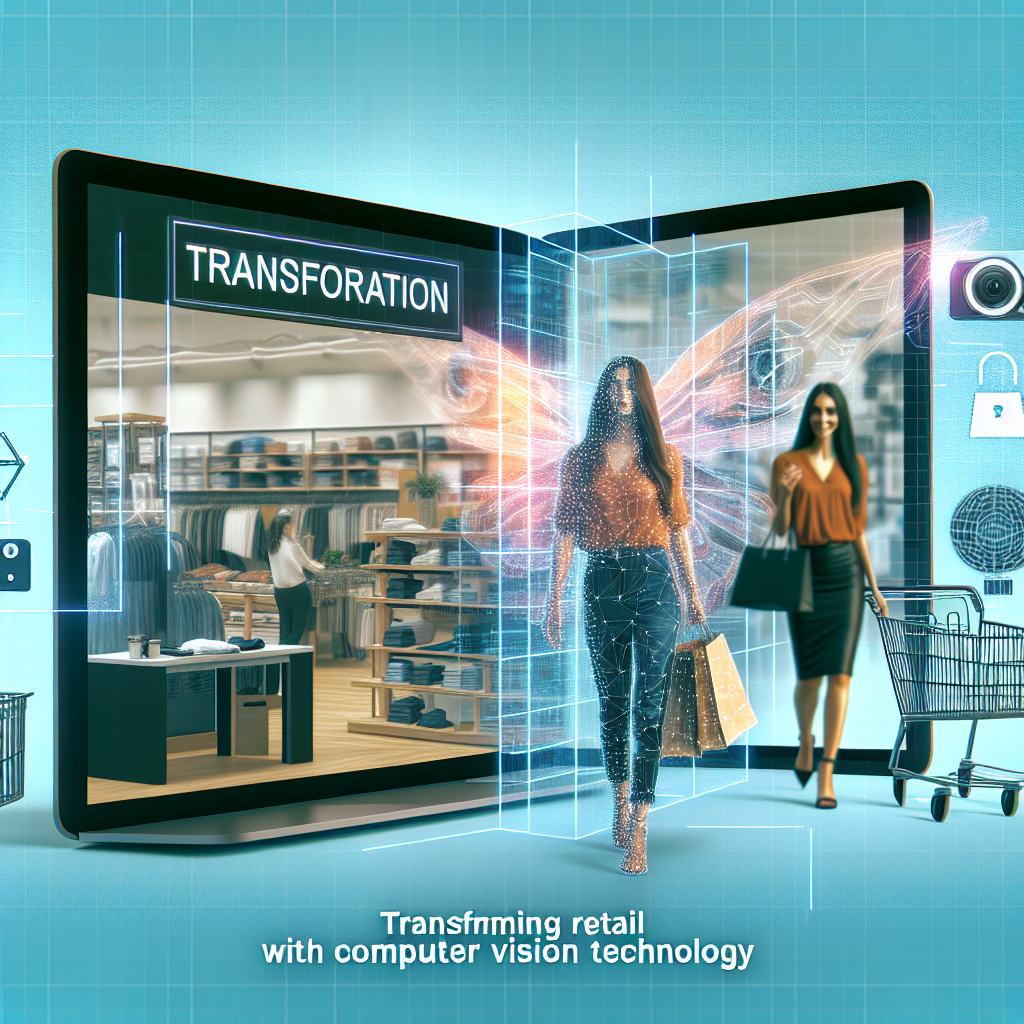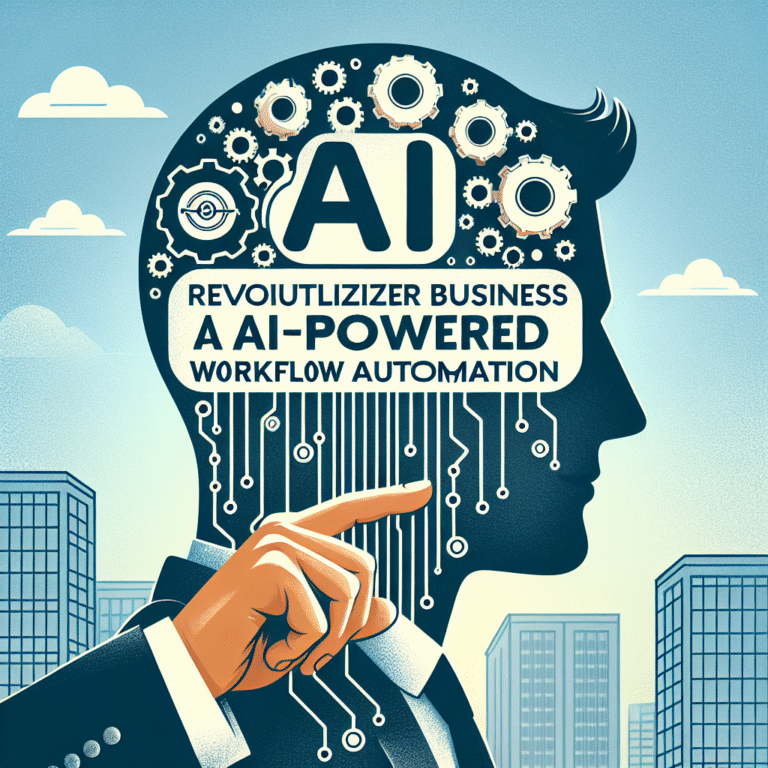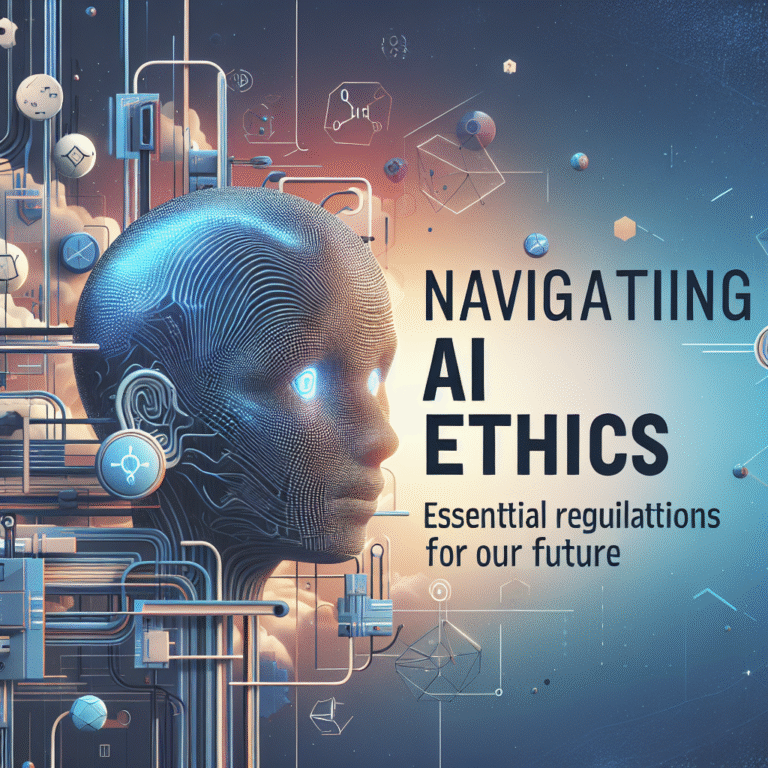“`html
Transforming Retail with Computer Vision Technology
Introduction
Computer vision is revolutionizing the retail landscape by enabling technology to interpret and understand visual data. This advancement is vital for modern retail operations, enhancing customer experiences and streamlining processes. Retailers are increasingly adopting computer vision technologies to stay competitive in a fast-evolving market.
What is Computer Vision?
Computer vision is a field of artificial intelligence (AI) that enables machines to interpret and make decisions based on visual data. It involves the use of algorithms to process images and extract meaningful information. Over the years, computer vision has evolved significantly, from early image processing techniques to sophisticated AI-driven applications that can recognize faces, objects, and even customer emotions. As technology progresses, the applications of computer vision in various sectors continue to expand.
Applications of Computer Vision in Retail
- Image Recognition for Product Identification: Retailers use image recognition to identify products on shelves, ensuring accurate inventory management and providing customers with detailed product information.
- Automated Checkout Systems: Computer vision powers automated checkout systems that allow customers to leave stores without going through traditional checkout lines, enhancing convenience and reducing wait times.
- In-Store Analytics and Customer Behavior Tracking: By monitoring customer movements and interactions, retailers can gain insights into shopping behaviors and preferences, allowing for better-targeted marketing strategies.
- Inventory Management and Stock Monitoring: Computer vision systems can track inventory levels in real-time, alerting retailers when stock is low and helping to prevent out-of-stock situations.
Benefits of Computer Vision Technology
- Enhancing Customer Experience: By personalizing shopping experiences through visual search and smart mirrors, computer vision technology significantly enhances customer satisfaction.
- Increasing Operational Efficiency: Automating mundane tasks such as inventory checks and checkout processes allows staff to focus on higher-value activities, improving overall efficiency.
- Real-Time Data and Insights: Retailers can make data-driven decisions based on real-time analytics, adapting to customer preferences and market trends swiftly.
Challenges in Implementing Computer Vision
- Technical Limitations: The accuracy of computer vision systems can be affected by factors such as lighting conditions and image quality.
- Privacy Concerns: The use of facial recognition and tracking technologies raises significant privacy issues that retailers must address to maintain customer trust.
- Cost of Implementation: Setting up advanced computer vision systems can require significant investment, which may be prohibitive for smaller retailers.
Future Trends in Computer Vision for Retail
- Advancements in AI and Machine Learning: As AI continues to evolve, computer vision will become more sophisticated, enabling even more accurate predictions and insights.
- Integration with Other Technologies: The fusion of computer vision with augmented reality and the Internet of Things (IoT) will create immersive and interactive shopping experiences.
- Predictions for the Future of Retail: The retail sector is likely to see a significant shift towards data-driven retail, where personalized shopping experiences become the norm.
FAQ
What is computer vision?
Computer vision is a technology that enables machines to interpret and understand visual information from the world, allowing them to perform tasks such as recognizing objects and tracking movements. This capability is becoming essential for modern retail environments.
How does computer vision improve retail?
Computer vision enhances retail by automating processes like checkout, providing in-depth analytics on customer behavior, and improving inventory management, ultimately leading to a better shopping experience. Retailers are increasingly leveraging these technologies to optimize their operations.
What are the challenges of using computer vision in retail?
Challenges include technical limitations related to accuracy, privacy concerns regarding data collection, and the costs associated with implementing advanced systems. Retailers must navigate these challenges carefully to ensure successful outcomes.
What are examples of computer vision technologies in retail?
Examples include automated checkout systems, image recognition for product identification, and in-store analytics tools that track customer behavior, all of which are integral to enhancing operational efficiency.
How can retailers start using computer vision?
Retailers can begin by identifying specific needs, researching available technologies, and gradually implementing solutions while considering privacy and operational costs. By taking a strategic approach, they can maximize the benefits of these innovations.
“`




